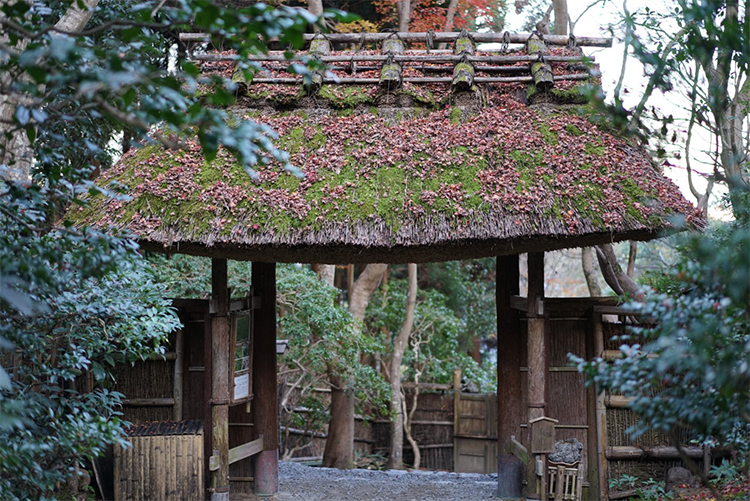Discover Huangqi Chan Temple and the Tianzhou Ancient Pagoda in Ningxia
In the fertile plains of Ningxia nourished by the Yellow River stands a quiet Buddhist treasure that spans centuries. Far from crowded tourist routes, a solitary brick pagoda rises above rice fields and small lanes—bearing witness to the mysterious Western Xia dynasty. This is Huangqi Chan Temple (皇祇禅寺) in YaoFu Town, Pingluo County, with its centerpiece the Tianzhou Ancient Pagoda (田州古塔). It blends Han and Tibetan artistic influences and holds invaluable Western Xia inscriptions, offering an intimate, authentic historical experience.
1. Core features and the temple’s soul
Huangqi Chan Temple’s essence can be summed up as “a lone brick pagoda that preserves Western Xia Buddhist light and Han–Tibetan craftsmanship.” The main draw is the Tianzhou Ancient Pagoda: Ningxia’s most complete and representative Western Xia pagoda. Its carved panels and surviving Western Xia script make the tower a three-dimensional chronicle of a vanished kingdom—an irresistible window for history lovers and curious travelers.
2. A millennium of history and cultural status
The temple’s roots reach back to the reign of Emperor Yizong of Western Xia (around 1050 CE), nearly a thousand years ago, born during the height of Buddhism in the Western Xia state. Although many current buildings show later Ming and Qing-era repair styles, the site’s plan and relics are stamped with Western Xia origins. The temple holds a Ming stele recording its long history and, in 2006, gained national heritage protection—affirming its importance for Chinese religious architecture and multiethnic cultural exchange.
3. Architecture and artistic details
– Tianzhou Ancient Pagoda — a lasting landmark: This octagonal, seven-story brick pavilion stands about 38 meters tall. Circling the tower reveals different reliefs: Buddhas, beast heads, floral motifs, and fine ornamental work. Most striking are the century-old Western Xia inscriptions on the tower surface—still a magnet for scholars and a powerful visual shock for casual visitors.
– Temple layout and halls: The compound follows a central axis: mountain gate, Mahavira Hall, Guanyin Hall, and auxiliary structures. The Mahavira Hall houses a statue of Shakyamuni and serves as the ritual and chanting center; the Guanyin Hall is dedicated to the Bodhisattva of compassion. Walking these spaces reveals ancient spatial logic and craftsmen’s mastery.
– Artistic value: Every brick and relief is an artifact. The brick-carving tradition here carries Song-dynasty inheritances blended with Western Xia aesthetics, making the site critical for studying regional Buddhist art and historic building techniques.

4. Immersive experiences and visitor etiquette
The temple atmosphere is usually calm. On lunar firsts and fifteenths or Buddha’s birthday you may witness local devotees offering incense or monks chanting. Visitors may participate respectfully: light eco-friendly incense available on site and follow the local custom of offering three sticks (representing precept, concentration, and wisdom). If you wish to donate, use the donation box—donations are voluntary. Always keep quiet, move slowly, and respect monastic routines.
5. Atmosphere and setting
Most visitors here are cultural explorers, local worshippers, or photographers seeking quiet authenticity. The feeling is expansive and serene: the ancient tower under blue sky, fields around the temple, and occasional wind chimes or birdsong create perfect conditions for reflection and slow sightseeing.
6. Suggested itinerary
– Recommended visit length: 1–2 hours to inspect the pagoda and main halls, photograph details, and absorb the setting.
– Best for: deep cultural trips, historical exploration, contemplative breaks, and architectural photography.
– Combine with: Sand Lake (Shahu) Eco-Tourism Area about 20 km away—morning at the lake, afternoon at the temple makes an excellent day trip.
7. Practical tips (respect and convenience)
– Dress code: Wear modest clothing when entering halls; avoid revealing attire such as tank tops or very short skirts/shorts.
– Behavior: Photography is usually prohibited inside the main halls—external pagoda and courtyard photos are allowed; never use flash on statues. Do not point at Buddha images with your finger and keep voices low.
– Opening hours & tickets: Check official sources before visiting—typical hours are about 08:00–17:00. Tickets are generally affordable; verify current prices in advance.
– Payments & signs: Signs often include English; cash is useful as mobile payments may be unreliable for small donations or local vendors.
– Facilities: The temple sits in a small town; bring water and basic supplies. Local eateries in YaoFu Town serve simple meals.

8. Local insights
– Best local practice: Walk clockwise around the Tianzhou Pagoda three times—locals often do this as a blessing and to view the tower from all angles.
– Beware of scams: If non-temple individuals offer fortune-telling, “blessed” charms, or high-priced ritual items, politely decline to avoid unnecessary costs.
9. Basic information
– Name and address: Huangqi Chan Temple (皇祇禅寺) and Tianzhou Ancient Pagoda (田州古塔), YaoFu Town, Pingluo County, Shizuishan City, Ningxia Hui Autonomous Region.
– Transport: From Yinchuan or Shizuishan take buses to Pingluo County, then local minibuses to YaoFu Town; from Yinchuan city it’s roughly a one-hour drive by car. Taxi or private car is the most convenient option. Parking near the temple is usually available at low or no cost.
Summary
Huangqi Chan Temple and the Tianzhou Ancient Pagoda may lack the fame of major tourist peaks, but their understated presence protects original historical layers and authentic cultural value. Standing beneath the pagoda’s weathered bricks and Western Xia inscriptions is like opening a time capsule—an unforgettable highlight for any Ningxia itinerary. Add it to your route to feel the quiet power of this thousand-year heritage.


